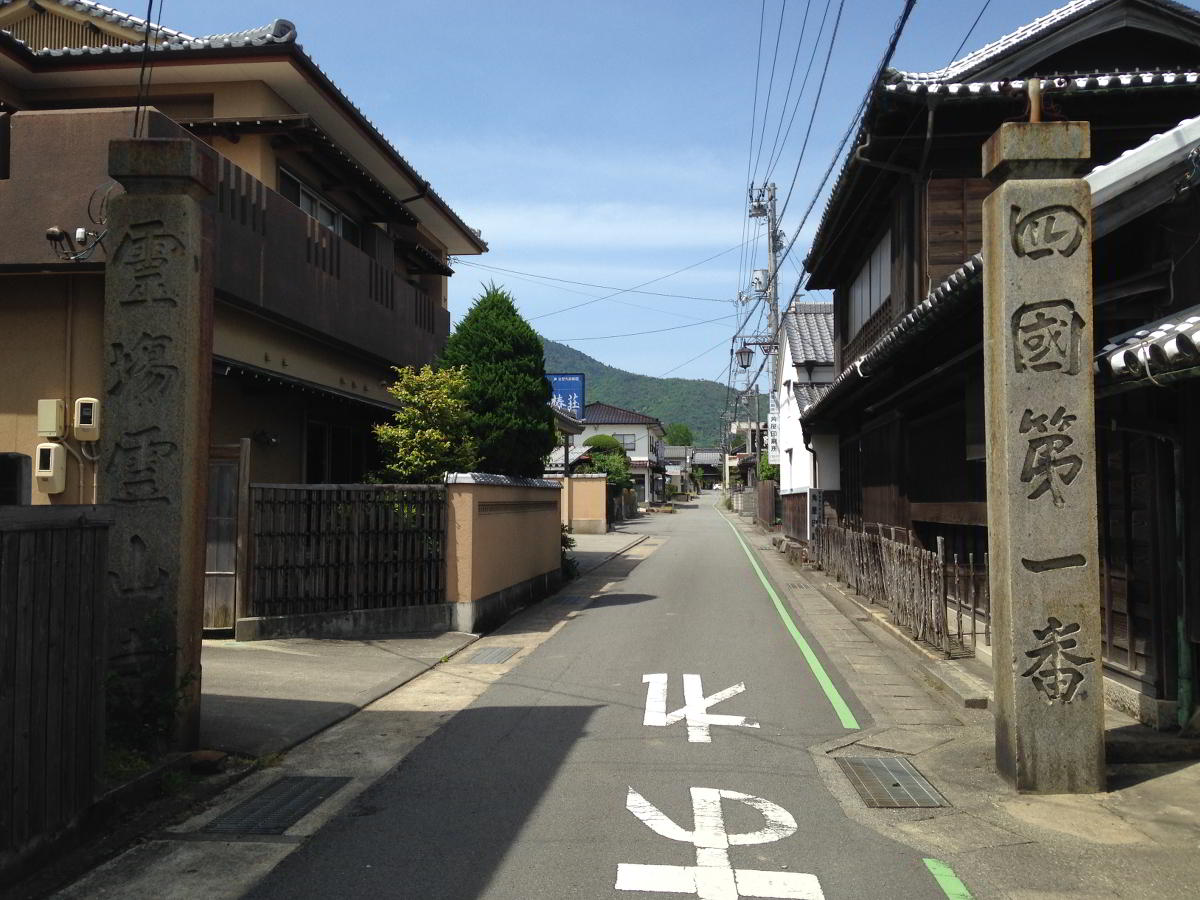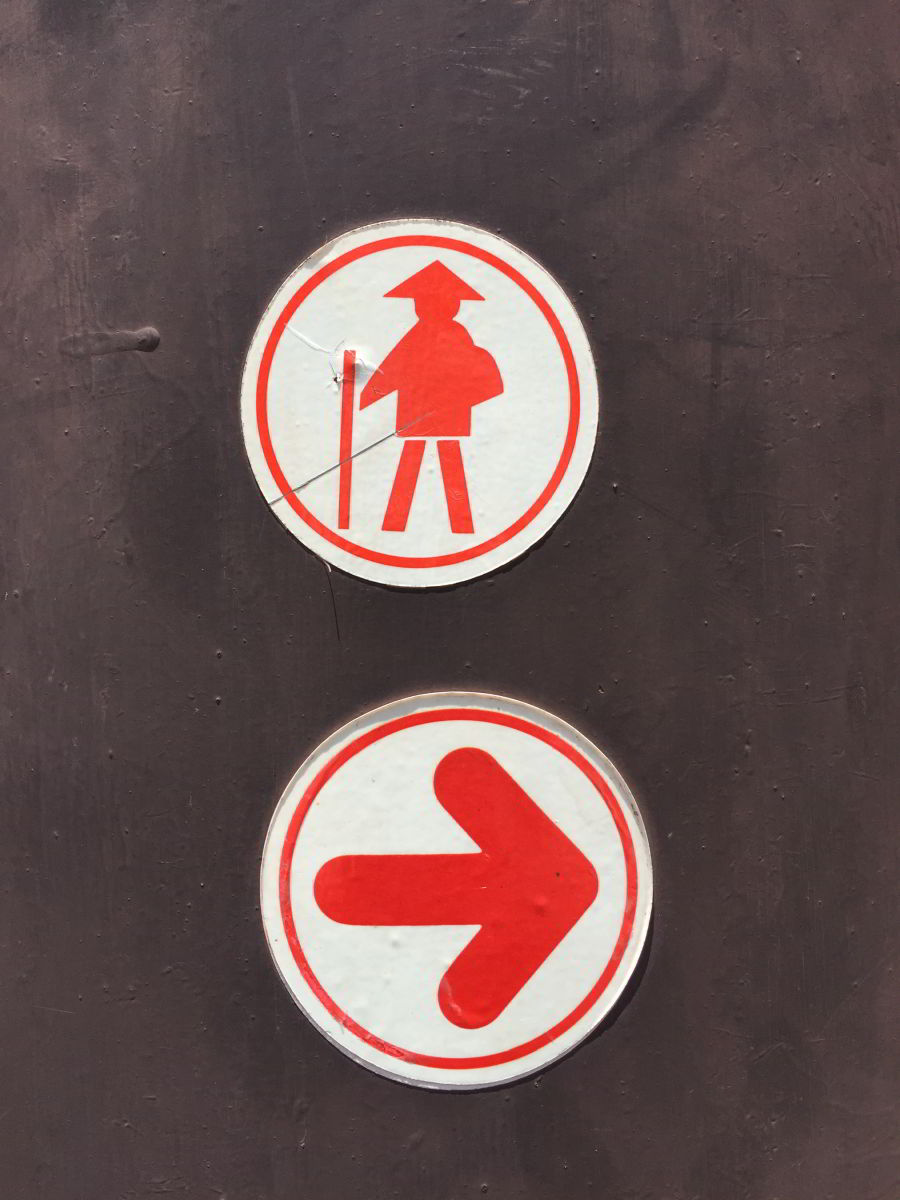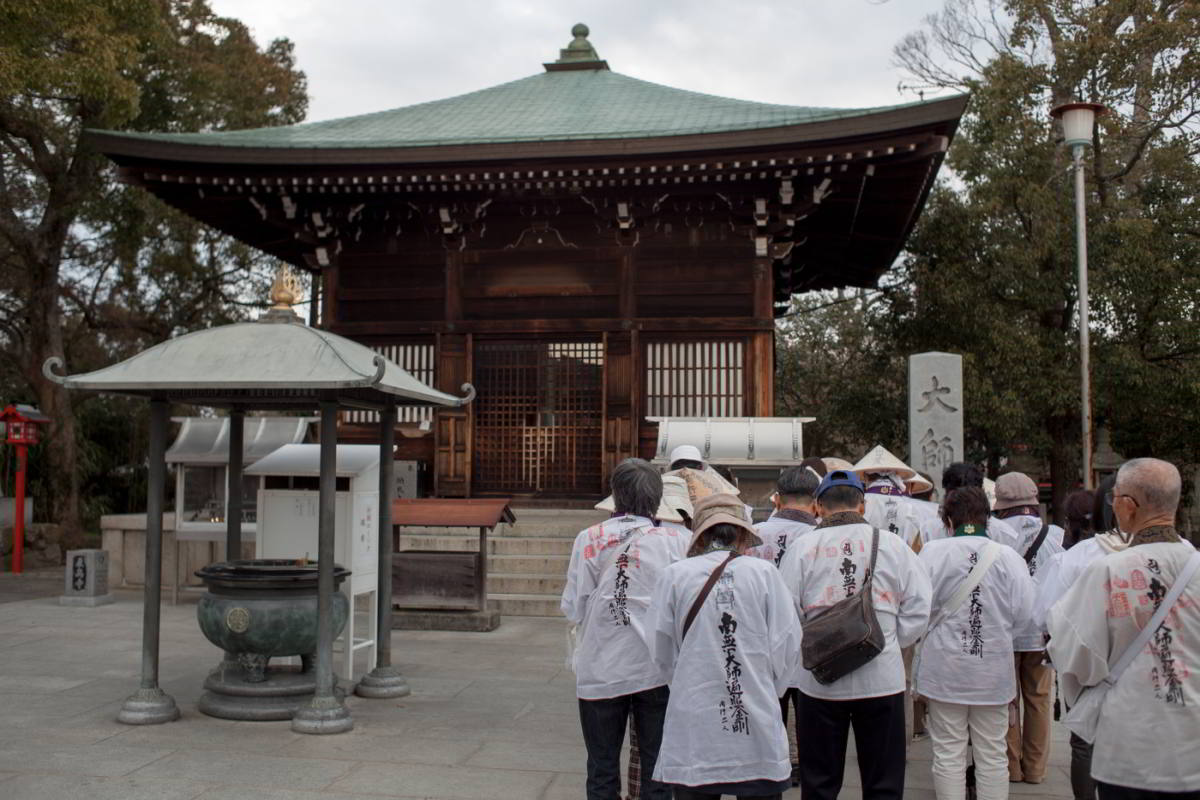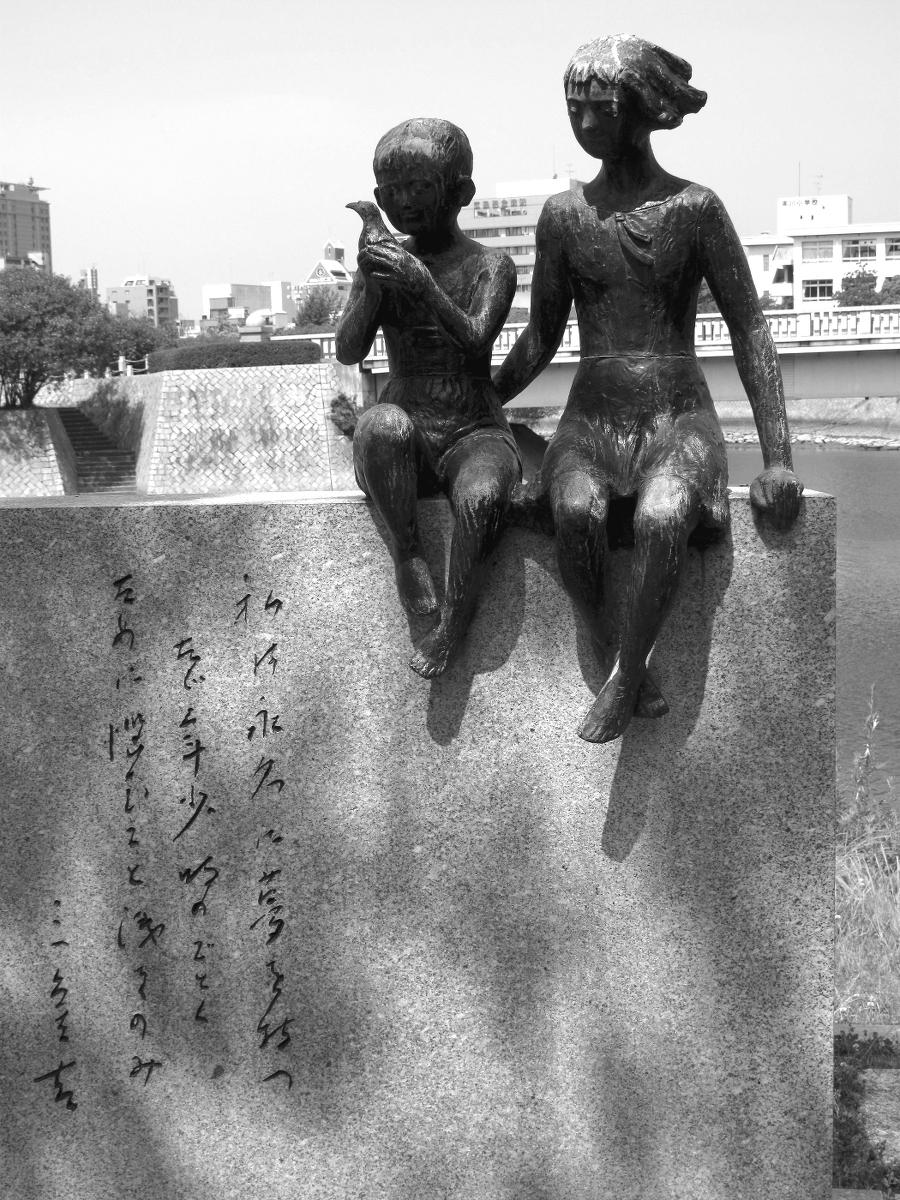I learned what it was like to live in a first-world country over the past two weeks: no litter, no homelessness, on-time bullet trains, state-of-the-art communications, universal health care, and lower levels of inequality and crime than almost any developed country.
Less than 1 civilian in 100 owns a gun compared to 127 guns per 100 civilians in the United States.
And children have affordable access to quality education from Pre-K (starting at 2 years old) through graduate school.

I was on a temple tour of Kyoto and Shikoku.

If you haven’t heard of it, Shikoku is one of four major islands in Japan that is host to an 88 temple pilgrimage. Many of temples were created by the 8th century founder of esoteric Buddhism, Kobo Daishi. A friend of mine and I recently completed a five day sampling of the temples on a self-guided walking tour. Many pilgrims walk the entire 1200 kilometer loop around the island of Shikoku. We walked about 100 kilometers and visited 11 of the 88 temples. The hiking was strenuous and magical, the temples were serene and well-tended, and the people along the way were the most kind and welcoming I have ever encountered.
What struck me as I huffed and puffed around the island was how the Japanese culture has been able to return to its foundational principles given the shocks to its system just over the course of my lifetime.
Japan, of course, is infamous for events like the violent civil wars between the Samurai and the feudal lords over several centuries as well as the rape of Nanking, the forced sex enslavement of Korean “comfort women”, and the bombing of Pearl Harbor in the 20th century. Those events would leave one to believe that Japan was a brutal and barbaric civilization. And yet its early history is based on the Buddhist beliefs of compassion, peace, and serenity while its current culture manifests those same values. While Japan still struggles with population, immigration and gender issues, it has created a civil, efficient, and productive culture. It made me think that cultures are more resilient to shocks at different points of time than we may have thought. There is hope for recovery if you have a long term perspective.
In the two weeks I spent in Kyoto and Shikoku, I was blown away by the acts of loving kindness I continually experienced during my stay. For example, at the end of the most strenuous hike in my life (11 miles with 4,000 feet of ascent and 1,800 feet of descent), I was starving, soaking wet from the rain, and thoroughly exhausted. I saw a small café that was just about to close. I peeked in and asked meekly if they could serve me some Udon soup (the Shikoku specialty). They invited me in, served me delicious soup with a side of rice and vegetables, refused to take payment, and offered me a free umbrella to get to my lodging for the night. Then, going beyond the imaginable, the server from the restaurant, who was driving home from a long day of work, spotted me looking hopelessly for my hotel. She stopped her car, asked me how she could help, and made sure I was clear how to find my way. If this experience had been a “one-off-random event, I would have thanked my lucky stars and moved on. But these experiences happened continually throughout the trip. It was the most gracious, giving, and generous culture I have ever witnessed.

My friend had similar experiences. After a treacherous 1,500 foot descent from Temple 20, his legs felt too wobbly to take on the steep ascent to Temple 21. He saw a women gardening in her back yard and approached her. Using his Google Translator, he asked if she would call a taxi for him. I don’t recommend trying this in too many places. She not only called the taxi, she also made him a cup of tea, walked with him to the meeting place, and waited with him until the taxi came. When the taxi arrived, she bowed, said good-bye, and wished him well.

This view of graciousness was reinforced when we visited Hiroshima before we returned home.
As it turns out, we were both born the year the US dropped A-bombs on Hiroshima and Nagasaki.
In the 74 years since the bombs exploded, Japan has constructed a Peace Park and Museum dedicated to preventing another catastrophe from happening again. The Peace Park maintains the remains of the buildings destroyed by the blast and serves as a place where people can remember the 140,000 people killed there. It also provides a gathering place where protests are held every time a new bomb is tested by any country.
The most striking and powerful statue in the Park is the Children’s Memorial that pleas for peace in the future. It commemorates a young girl who died from the effects of radiation after devoting her life to a peaceful world.
Barack Obama spoke humbly and eloquently to a large crowd at the park toward the end of his presidency. His presence was greatly appreciated.
Somehow these peace babies have made an incredible contribution to the contemporary culture of Japan.
While we were visiting the memorial, several children on a school assignment asked to interview us to find out why we came to Hiroshima to visit the Peace Park. The children approached us as a group and read their questions to us from a prepared script. They were respectful, disciplined, and eager to hear what we had to say. In response to their question, I replied, “We have come to apologize for the horror that the US unleashed on the world when it dropped the bomb the year we were born. We were war babies then, you are peace babies now.”
There was no way to express the sorrow I felt for the pain and destruction the people experienced as victims of the first atomic weapon. In my mind, the tragedy is that we set a precedent and broke the norm.
There are unintended consequences when you choose to do that.
I feel guilty because I’m part of the generation that laid this heavy load among others on our kids. We can’t just drop these “time bombs” on them and wish them luck. They need our help. We all need to become peace babies.
Sadly, this is my second apology tour.
I returned to Vietnam after 40 years with a friend who was there with me in 1968 to apologize for the unnecessary killing the U.S. inflicted on their country.
The Japan apology is much more complex because World War II was for a legitimate cause and there were arguments that the alternative to not dropping the bomb would have cost another 100,000 American lives and may have given the Soviet Union an opening to form an alliance with Japan. There is an equally compelling argument that we could have ended the war without dropping the A-Bomb.
Now we have bombs that are 1,000 times more powerful than the bombs we dropped 74 years ago.
That doesn’t feel like progress to me.
It seems to me that Japan has made a significant shift in its culture since World War II. Currently, 127 million Japanese inhabit a land mass that is slightly less than the state of California – the US has about 2.4 times its population and 24 times its size. What struck me, however, was how big the hearts were in such a relatively small place. The experience also made me realize how resilient cultures can be. Japan has suffered many periods of violent disruption, but the culture is clearly more aligned with peace and harmony than any other culture I have experienced.
I discovered that the Japanese culture is fairly equally split between Shintoism (a belief that thousands of spirits exist in all forms of life) and Buddhism (a belief that through disciplined practice everyone can reach a state of Nirvana). Our first guide explained that many people in Japan go to Shinto shrines when a new person enters the world to pray for a long and healthy life nurtured by 10,000 gods. When a person dies, their loved ones go to Buddhist temples to pray for prosperity in posterity, i.e. as people evolve through many reincarnations to higher levels of being their eternal lives are enriched. Many even choose a Christian church for their marriage ceremony because they like the setting and the fancy dresses – talk about a unique destination wedding. True story.
Visiting the Japanese Zen Gardens in Kyoto on our last day was a perfect way to complete the trip. We had a US guide who was trained as a landscape architect and has lived in Japan for 9 years. He was also a student of Zen Buddhism and was able to share the stories that each garden told a passing visitor. (https://www.andesignkyoto.com/blog-windpines/2019/3/6/yugen)
It was an opportunity to welcome THIS experience in the moment instead of doing the task of getting through one more temple. I left Japan with a greater sense of peace and serenity than I had when I arrived, and I now have more hope that our culture can recover from the shocks it is experiencing. Most importantly, I hope we all join together to become peace babies. May it be so.


Thanks Ricky! What an experience-if only USA could get to this level !!!